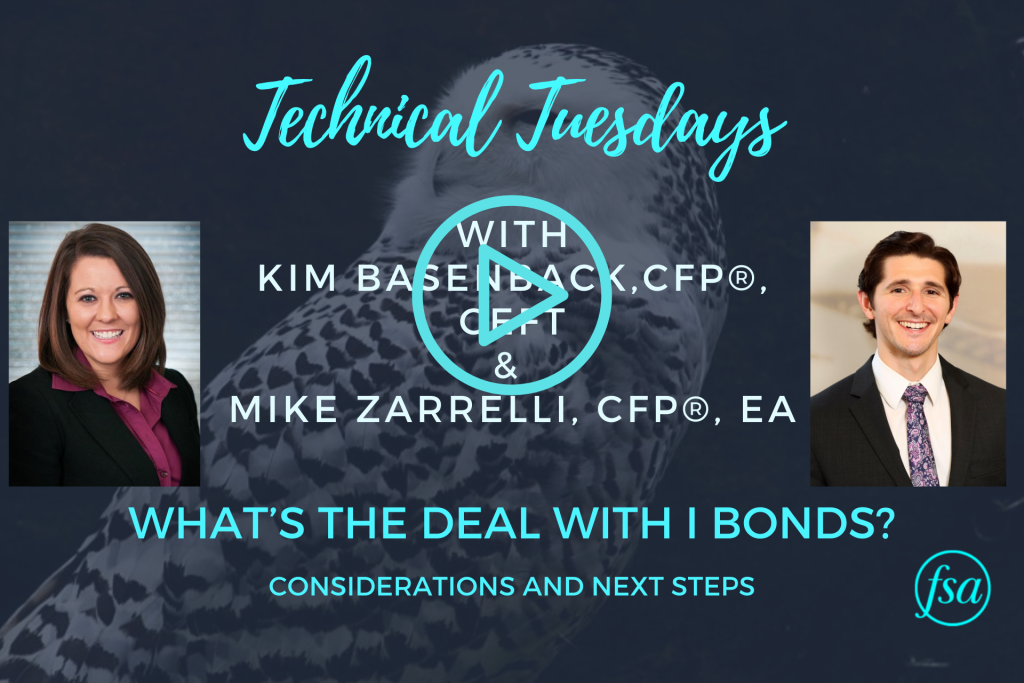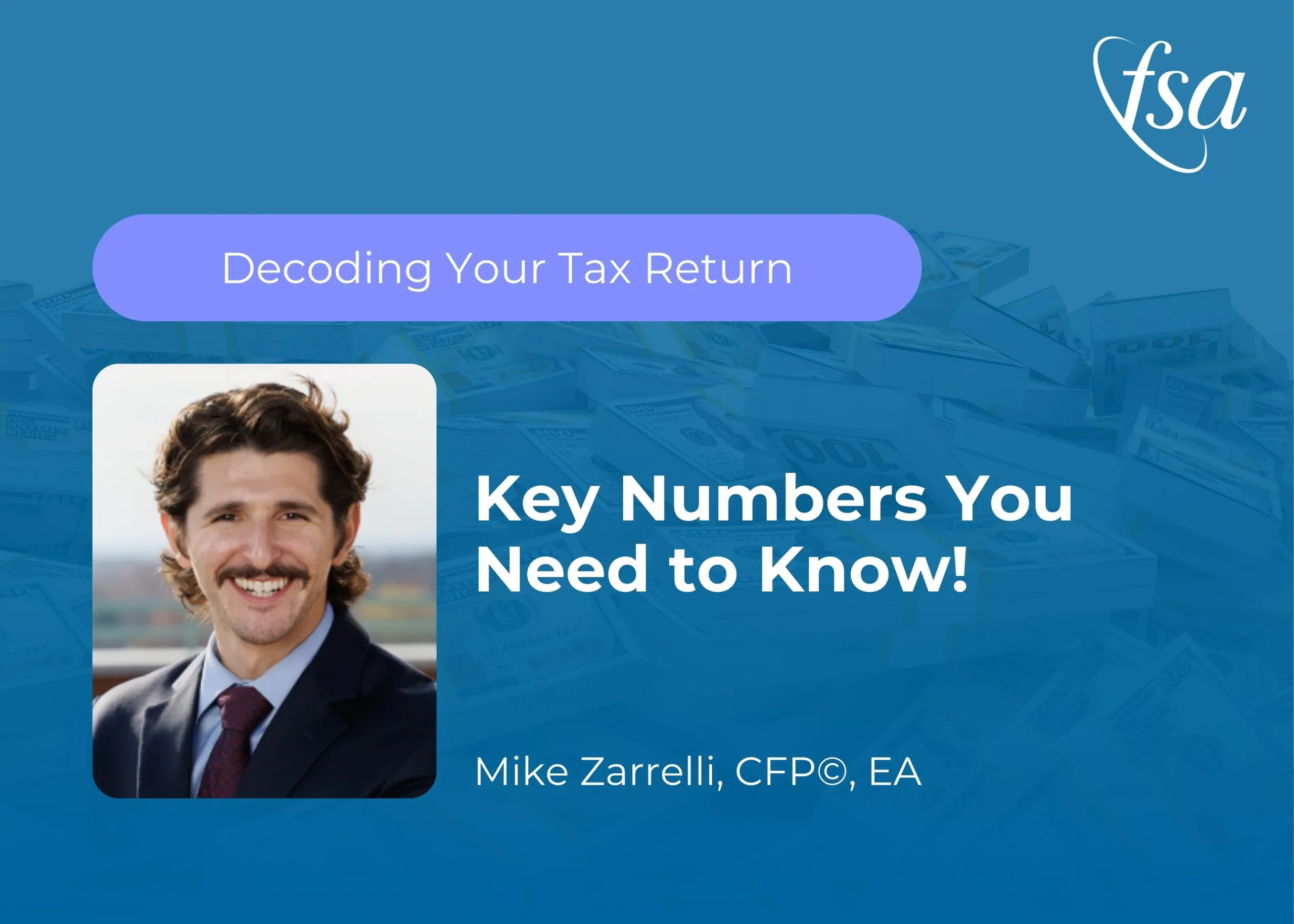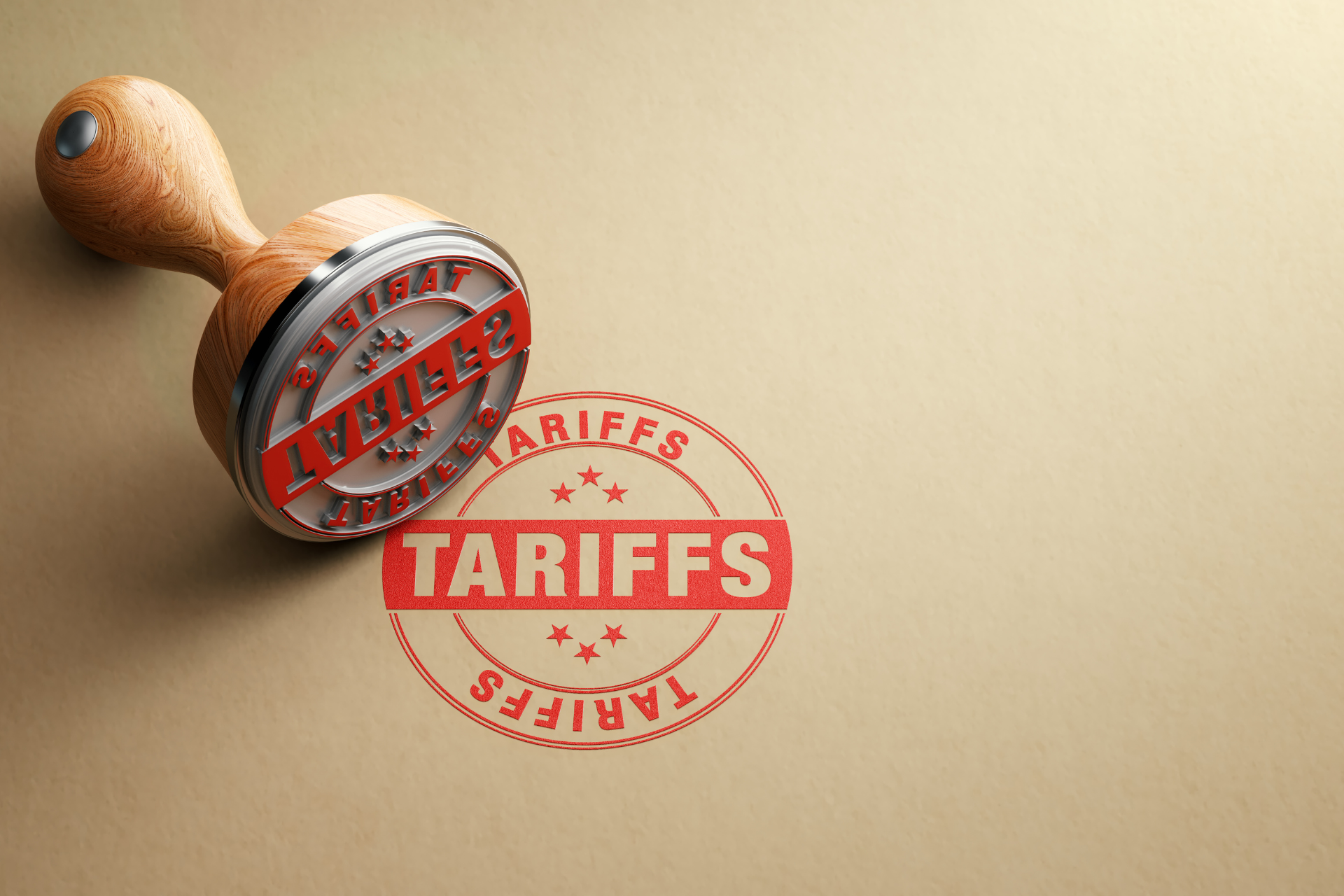In this month’s Technical Tuesdays video, Kim Basenback, CFP® CEFT®, and Mike Zarrelli, CFP® EA, offer questions to ask yourself about I Bonds.
What’s the Deal with I Bonds Transcript
Mike:
Hey, everyone. Thanks for joining us for this month’s Technical Tuesdays. I’m Mike Zarrelli.
Kim:
And I’m Kim Basenback.
Mike:
A few years ago we had clients asking us left and right whether they should buy I Bonds. You may remember back in 2021 I Bonds were all of the rage, and it was mostly because their coupon payment went from 3.5% up to almost about 10%, so a pretty good yield. But what’s happened is today the yield has dropped back down to about 4%, and those same people are asking us, “Hey, what should I do with those I Bonds now?”
So today we thought we would go through some questions you can ask yourself before determining what that next move is for those bonds. So before we dive in, Kim, why don’t you give us a rundown of what I Bonds are?
Kim:
Sure. I Bonds are a U.S. savings bond that can protect the value of your cash from inflation, hence the I in I Bonds. You have to purchase them directly through Treasury Direct. You can’t get them through Schwab or Vanguard. They offer a low-risk investment with both a fixed and an adjustable rate, which we’ll talk more about, but the fixed rate is based on when you purchase the bond and is always the same for the duration that you hold that bond. The adjustable rate is updated every six months based on the newest inflation readings.
You don’t pay tax on the interest until you redeem the bond, and the interest is exempt from state and local taxes, but it is subject to federal taxes unless it is used for higher education expenses; it could be tax free. A couple other things to note as far as the “fine print” when it comes to getting I Bonds, they do have a minimum holding period. So you have to hold I Bonds for at least a year, regardless, you have to. Then if you get rid of them or redeem them between year one and five, you do actually give up three months of interest.
So Mike, what are some things to think about with I Bonds?
Mike:
Yeah, and I would just add that that’s pretty typical. It’s like a CD paying back those three months of interest. So nothing new there. When determining what the next move is, there’s a couple of questions that really we ask for pretty much most financial decisions, and it’s what do you want to accomplish with the funds?
So the first part is going to be what is this bucket of money, this money that’s invested in the I Bonds, what is the job that it’s trying to accomplish? Is it a short-term goal such as a down payment or a vacation, something that you’re going to need in the next, let’s say, one to five years? Or is it something for a longer term goal like retirement where it could be five, ten plus years until you need the money? And that’s kind of that equation is when are you going to need this money? And that determines how much risk you can take with the money. That’s the first question.
Once you have a clear understanding of that, then you can determine is what it’s currently doing accomplishing that goal? For example, if those I Bonds are just an extension of your emergency fund where it’s supposed to be pretty safe, earning 3-4% overall is not a bad deal. Maybe it’s a little lower than what you could be earning somewhere else, but overall it’s not bad. But if this bucket of money is earmarked for something longer term, like retirement, well maybe that return is not cutting it and it’s time to shift that over to something that has a little more risk-reward trade off.
So that’s the option or that’s some questions to go through. Kim, why don’t you go through what some of those options are for reinvestment?
Kim:
Sure. Obviously, you can leave the I Bonds where they are; they are earning something. You can also, as Mike said, shift to something lower risk, which would be like a high yield savings account, money markets, CDs, those types of things that could at this point, depending on when you purchased your I Bond, those might be actually yielding higher percentages. You could shift into something higher risk like corporate bonds or stocks. And then one thing to note, or a good example, is for those that purchased I Bonds when they were really hot, May of 2022 to October of 2022, you were getting a 9.62% yield, huge. But since that fixed rate we talked about was 0%, right now the variable rate is 2.96. So you went from getting 9.62 down to 2.96, so you’re under 3% when those high yield savings and money markets right now are paying closer to 4-5%.
Mike:
Yep, totally agree. And I mean, you want your money to be optimized and working hard for you. So keeping a pulse on those rates is super important to make sure that you’re getting the most yield on that money.
So I’ve got a couple of timing strategies. Let’s say you decided, “Hey, this is not for me. I want to shift to something else.” There’s a couple of timing strategies that can just squeeze a little more juice out of that lemon. And the first is going to be when you redeem the I Bonds.
As you mentioned, there’s that penalty if you sell it within five years. So of course, we want to give away the lowest rate possible. I’ll just make up an example. Let’s say you were earning 7% the past six months, and now it recalculated to 4%. Well, we’d rather give up that 4% rate than the 7% rate. So you’d want to get three months worth of that 4% rate before you redeem the bond so that way you’re getting rid of this, but you locked in the 7%. That’s the first timing.
The second, again, you mentioned is that this is a tax-deferred interest, so you only pay taxes once you sell the bonds. So if you’re in a situation where this year it’s a higher tax year, but next year it might be a little bit lower, holding out and realizing or selling the bond in this year where your taxes could be lower, that makes more sense because that interest is taxable at that point.
That pretty much wraps up this video. We hope that you have a better understanding of I Bonds and then what are the options moving forward. It was really hot in 2021 and 2022. We helped a few clients lock that in, those high rates, almost 10%. But now we’re having those discussions of what are you supposed to do next? And just know that you don’t have to do this alone. Financial advisors like Kim and me are here to help you determine what that next move is.
We hope you enjoyed the video; like and follow for more. And if you have any feedback or other topics you’d like to see, definitely leave a comment. We’ll see you in the next one.
FSA’s current written Disclosure Brochure and Privacy Notice discussing our current advisory services and fees is available at www.fsawealthpartners.com/disclosures or by calling 301-949-7300.




